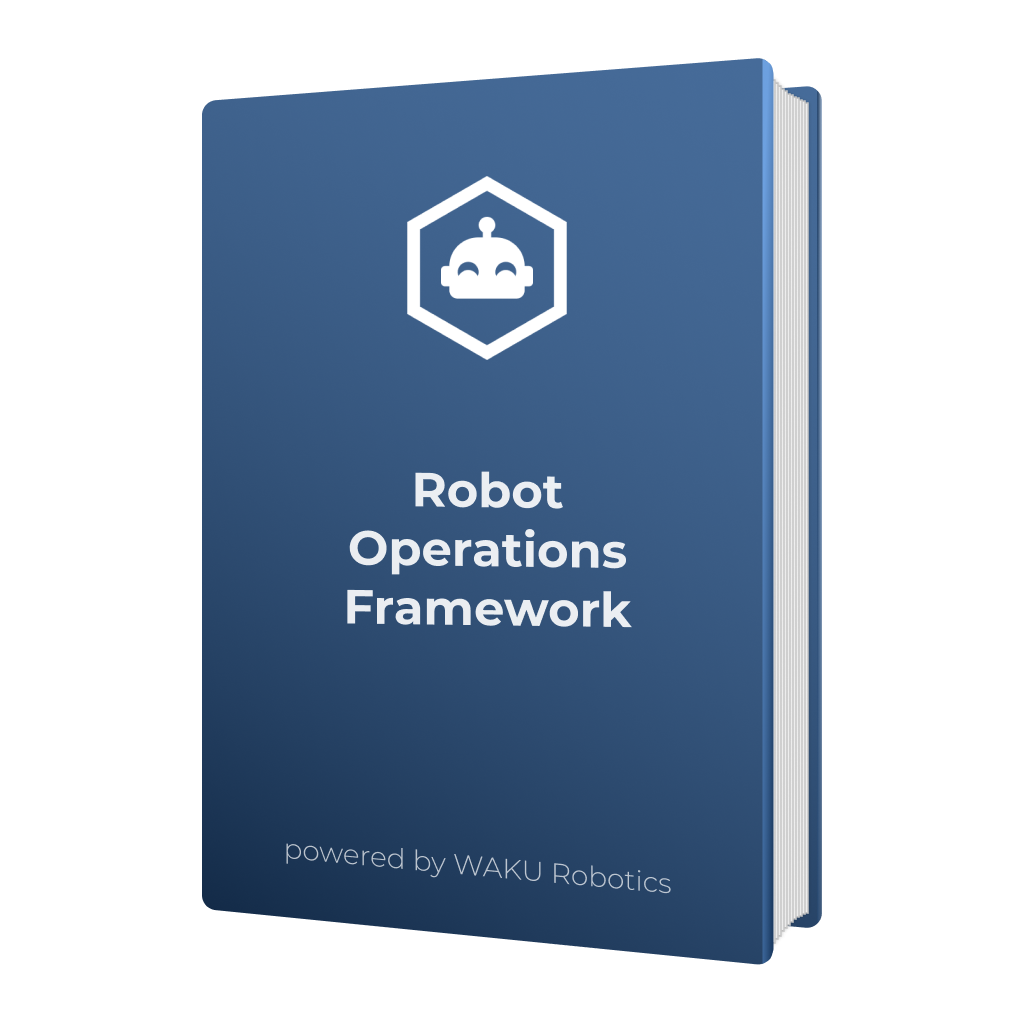How to Measure the Success of your Proof of Concept with a Mobile Robot (AGV&AMR)
The proof of concept (PoC), an initial, experimental test of the mobile robot on-site, enables initial experience to be gained with the new mobile robot. In particular, whether the robot is suitable for the selected use case. After the test phase, an evaluation of the results is therefore required to determine the success of the project. Learn in this article how to define their KPIs and use them successfully for your evaluation.
Reading time: ca. 3 minutes
Define relevant KPIs
To measure the success of the PoC, you need to define KPIs (key performance indicators) in advance.
Performance Indicators) that are significant for the use case, the company, and the management. Based on the key performance indicators, you can convince management to give the green light for the further implementation of automation and thus for the optimization of your warehouse. You can differentiate the KPIs into operational KPIs and robot KPIs. Potential KPIs on the operational level is, for example, picks per hour when picking goods, or the number of transports per hour when transporting. The duration of the loading process, for example, is a KPI for assessing the quality of the robot.
Optimal interpretation of KPIs
It may happen that the operational KPIs do not meet your expectations. However, this does not mean that the robot as a whole is unsuitable for your use case. There is, arguably, optimization potential to be identified in terms of process design. The current process, defined for execution by human workers, may need to be adapted for robotic operation. Robot integration is an iterative process in which optimization potential is uncovered and adjustments take place. WAKU Robotics' robot experts can assist you in choosing or optimizing the process to be automated.
Use the right tools
Once you have defined relevant KPIs for the PoC, you need to measure them continuously and track the degree of fulfillment. The best way to do this is to use a suitable software tool. This will show you the key performance indicators in a dashboard. Accordingly, a basic requirement is that this is easy to understand and intuitive to use. In addition, it should have the function of easily creating reports, which you can use as a basis for decision-making when communicating with management.
WAKU Platform provides control
WAKU Platform, the tool for monitoring and controlling your mobile robots, gives you a real-time overview of your KPIs. For example, you can see how many jobs your robot performed in a day and how long a single job took. You can perform health checks on the robots and schedule their actions. The intelligent software uses artificial intelligence (AI) to automatically find optimization potential.
Evaluate a PoC meaningfully
In the end, what matters is whether you decide to go with the mobile robot or keep looking for a more suitable solution. You can ask yourself the questions: Did the robot perform as you expected? Did it perform solidly enough to convince all the decision-makers? To make informed decisions after conducting the PoC, look at the previously defined goals and use the metrics as a basis for decision-making. This allows the performance of the robot to be evaluated in a meaningful way. If the PoC runs according to plan, you can establish it as a best practice and promote upcoming robot projects to your stakeholders.
Transparent communication is the key
The results of the PoC evaluation are of interest to diverse stakeholders. Therefore, include top-level management, warehouse management, and store floor employees in your communication strategy. Remain transparent and explain why the tested robot is being integrated or why another PoC is suddenly being conducted with a robot. Communicate not only the successes but also talk about any problems that arise and how you solved them.
Start your proof of concept with mobile robots now

More information about PoC with mobile robots can be found in the Robot Operations Framework. Download the manual for free and start your Robot Automation Journey. You can also use the checklists, posters, and other material to be optimally prepared for all the important steps of your Robot Automation Journey.
Feel free to contact us with any questions or suggestions. We’re looking forward to hearing from you!
Credits: Photo by Tommy Halfter (www.tommy-halfter.com)
WAKU Robotics supports you in choosing the right robot for your application. We take care of the procurement of the robots as well as the on-site test. Our WAKU Platform software helps you to operate the robots across manufacturers and to analyze the processes.
Contact WAKU